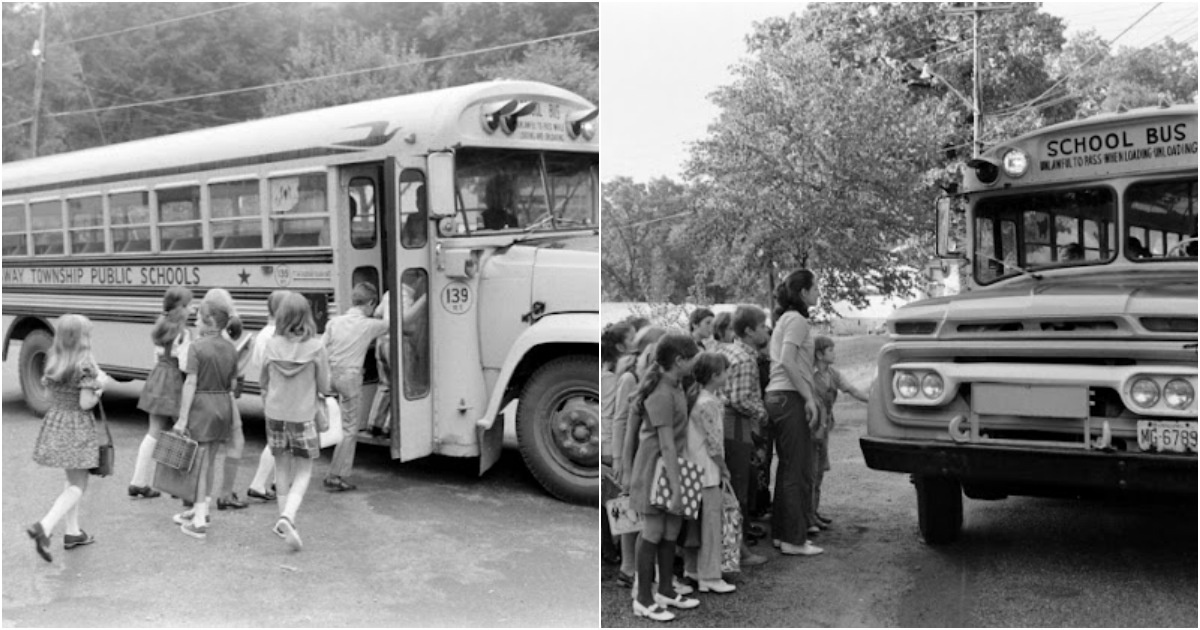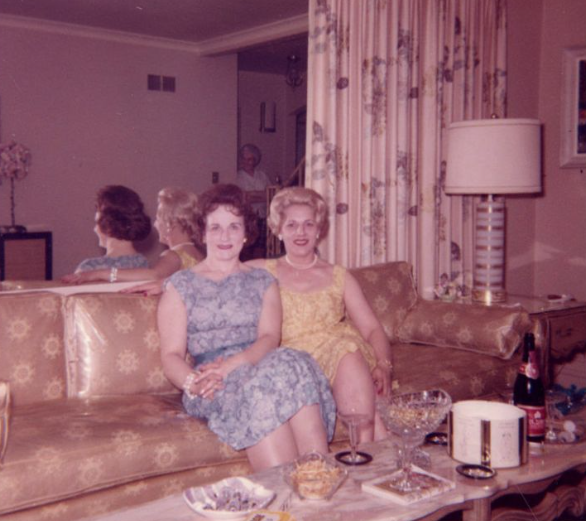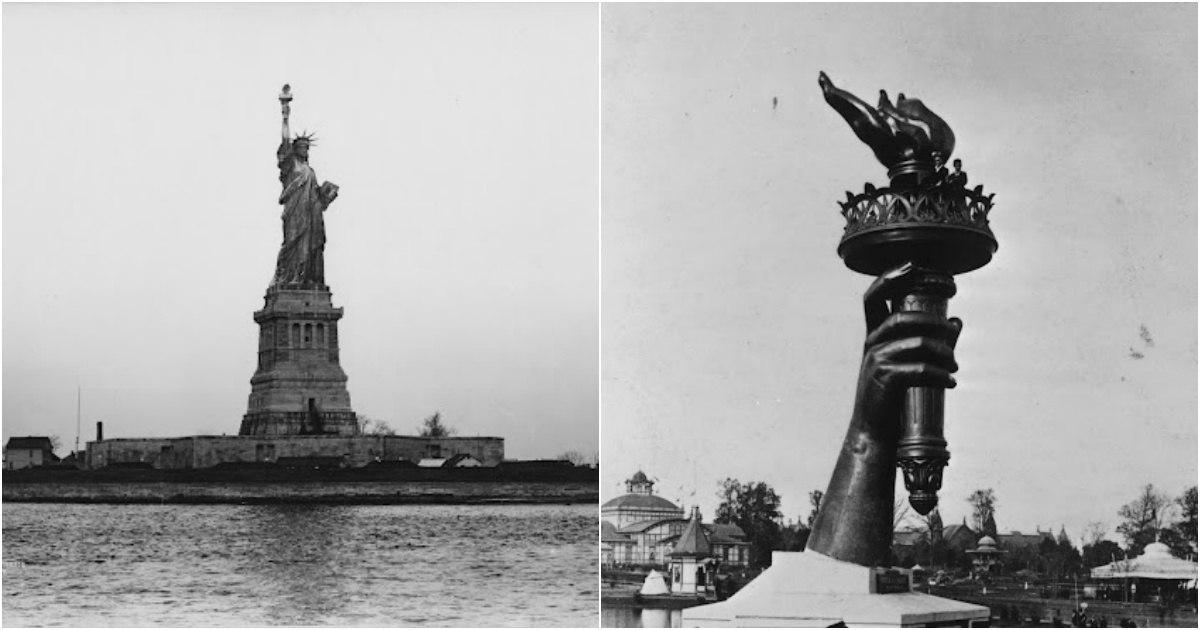Flying across the Atlantic on the airship Hindenburg was the fastest and most luxurious way to travel between Europe and America in the 1930s.
The interior furnishings of the Hindenburg were designed by Fritz August Breuhaus, whose design experience included Pullman coaches, ocean liners, and warships of the German Navy.

The reform ideas as to art and society of radical modernism, as "Bauhaus" for example represented them, were as far away from Breuhaus as they were far away from his wealthy clients.
The furnishing of the "world’s first flying hotel", the Zeppelin airship LZ 129 – better known as the "Hindenburg" – which had been in complete accordance with Breuhaus’ overall plans, was regarded as a spectacular thing. Nevertheless, its realization took place as late as the middle of the 1930s.
The Hindenburg’s Interior: Passenger Decks
The passenger accommodation aboard Hindenburg was contained within the hull of the airship (unlike Graf Zeppelin, whose passenger space was located in the ship’s gondola). The passenger space was spread over two decks, known as “A Deck” and “B Deck.”
“A” Deck on Hindenburg
Hindenburg’s “A Deck” contained the ship’s Dining Room, Lounge, Writing Room, Port and Starboard Promenades, and 25 double-berth inside cabins.
The passenger accommodations were decorated in the clean, modern design of principal architect Professor Fritz August Breuhaus, and in a major improvement over the unheated Graf Zeppelin, passenger areas on Hindenburg were heated, using forced-air warmed by water from the cooling systems of the forward engines.
Dining Room
Hindenburg’s Dining Room occupied the entire length of the port side of A Deck. It measured approximately 47 feet in length by 13 feet in width, and was decorated with paintings on silk wallpaper by Professor Otto Arpke, depicting scenes from Graf Zeppelin’s flights to South America.
The tables and chairs were designed by Professor Fritz August Breuhaus using lightweight tubular aluminum, with the chairs upholstered in red.

|
| Dining Room of Airship Hindenburg (Airships.net collection) |
 |
| Dining Room of Airship Hindenburg (Airships.net collection) |
 |
| Dining on the Hindenburg (Airships.net collection) |
 |
| Dining Room of Hindenburg, with Port Promenade (Airships.net collection) |
Lounge
On the starboard side of A Deck were the Passenger Lounge and Writing Room.
The Lounge was approximately 34 feet in length, and was decorated with a mural by Professor Arpke depicting the routes and ships of the explorers Ferdinand Magellan, Captain Cook, Vasco de Gama, and Christopher Columbus, the transatlantic crossing of LZ-126 (USS Los Angeles), the Round-the-World flight and South American crossings of LZ-127 Graf Zeppelin, and the North Atlantic tracks of the great German ocean liners Bremen and Europa. The furniture, like that in the dining room, was designed in lightweight aluminum by Professor Breuhaus, but the chairs were upholstered in brown. During the 1936 season the Lounge contained a 356-pound Bluthner baby grand piano, made of Duralumin and covered with yellow pigskin.
 |
| Passenger Lounge (Airships.net collection) |
 |
| Two views of the Lounge, showing portrait of Hitler and the ship’s duralumin piano. (The stewardess is Emilie Imhoff, who was killed at Lakehurst in 1937.) (©Archiv der Luftschiffbau Zeppelin GmbH, Friedrichshafen) |
The piano was removed before the 1937 season and was not aboard Hindenburg during it’s last flight.
 |
| Passenger Lounge (Airships.net collection) |
 |
| Passenger Lounge (Airships.net collection) |
 |
| Passenger Lounge on the Airship Hindenburg, showing promenade windows. (Airships.net collection) |
Writing Room
Next to the lounge was a small Writing Room.
 |
| Writing Room (Airships.net collection) |
The walls of the Writing Room were decorated with paintings by Otto Arpke depicting scenes from around the world:
 |
| Some of the Otto Arpke paintings aboard Hindenburg |
Passenger Cabins on Hindenburg
Hindenburg was originally built with 25 double-berthed cabins at the center of A Deck, accommodating 50 passengers. After the ship’s inaugural 1936 season, 9 more cabins were added to B Deck, accommodating an additional 20 passengers. The A Deck cabins were small, but were comparable to railroad sleeper compartments of the day. The cabins measured approximately 78″ x 66″, and the walls and doors were made of a thin layer of lightweight foam covered by fabric. Cabins were decorated in one of three color schemes — either light blue, grey, or beige — and each A Deck cabin had one lower berth which was fixed in place, and one upper berth which could be folded against the wall during the day.
 |
| Passenger Cabin aboard Hindenburg (Airships.net collection) |
Each cabin had call buttons to summon a steward or stewardess, a small fold-down desk, a wash basin made of lightweight white plastic with taps for hot and cold running water, and a small closet covered with a curtain in which a limited number of suits or dresses could be hung; other clothes had to be kept in their suitcases, which could be stowed under the lower berth. None of the cabins had toilet facilities; male and female toilets were available on B Deck below, as was a single shower, which provided a weak stream of water “more like that from a seltzer bottle” than a shower, according to Charles Rosendahl. Because the A Deck cabins were located in the center of the ship they had no windows, which was a feature missed by passengers who had traveled on Graf Zeppelin and had enjoyed the view of the passing scenery from their berths.
 |
| Passenger Cabin aboard Hindenburg (Airships.net collection) |
Promenades On either side of A Deck were promenades, featuring seating areas and large windows which could be opened in flight.
 |
| Starboard Promenade aboard LZ-129 Hindenburg, next to the Lounge. (Airships.net collection) |
“B” Deck on Hindenburg
B Deck on Hindenburg, located directly below A Deck, contained the ship’s kitchen, passenger toilet and shower facilities, the crew and officers’ mess, and a cabin occupied by Chief Steward Heinrich Kubis (containing a door to the keel corridor, which was the only connection between passenger and crew spaces).
During the winter of 1936-1937, while the ship was laid up in Frankfurt, additional passenger cabins were also added in Bay 11, just aft of ring 173. The new cabins had windows offering an outside view, and were slightly larger than the cabins on A Deck. The additional weight of these new cabins was made possible by the unexpected (and unwelcome) need to operate the ship with hydrogen, which has greater lifting power than the helium for which Hindenburg had been designed.
The Smoking Room
Perhaps most surprising, aboard a hydrogen airship, there was also a smoking room on the Hindenburg. The smoking room was kept at higher than ambient pressure, so that no leaking hydrogen could enter the room, and the smoking room and its associated bar were separated from the rest of the ship by a double-door airlock. One electric lighter was provided, as no open flames were allowed aboard the ship. The smoking room was painted blue, with dark blue-grey leather furniture, and the walls were decorated with yellow pigskin and illustrations by Otto Arpke depicting the history of lighter-than-air flight from the Montgolfiers’s balloon to the Graf Zeppelin. Along one side of the room was a railing above sealed windows, through which passengers could look down on the ocean or landscape passing below.
 |
| Smoking Room aboard LZ-129 Hindenburg (Airships.net collection) |
 |
| Smoking Room aboard LZ-129 Hindenburg (Airships.net collection) |
The smoking room was perhaps the most popular public room on the ship, which is not surprising in an era in which so many people smoked.
 |
| Pressurized Smoking Room aboard LZ-129 Hindenburg, showing door to the bar, with the air lock doors beyond. (Airships.net collection) |
The Bar
The Hindenburg’s bar was a small ante-room between the smoking room and the air-lock door leading to the corridor on B-Deck. This is where Hindenburg bartender Max Schulze served up LZ-129 Frosted Cocktails (gin and orange juice) and Maybach 12 cocktails (recipe lost to history), but more importantly, it is where Schulze monitored the air-lock to ensure that no-one left the smoking room with burning cigarattes, cigars, or pipes. Schulze had been a steward and bartender aboard the ocean liners of the Hamburg-Amerika Line and was well liked by Hindenburg passengers, even if he was surprisingly unfamiliar with basic American cocktails such as the Manhattan. The bar and smoking room were also the scene of a raucous party on the Hindenburg’s maiden voyage to America, where passenger Pauline Charteris improvised a kirschwasser cocktail after the ship ran out of gin for martinis.
 |
| Hindenburg Bar (©Archiv der Luftschiffbau Zeppelin GmbH, Friedrichshafen) |
 |
| Cocktails aboard the Hindenburg (©Archiv der Luftschiffbau Zeppelin GmbH, Friedrichshafen) |
Control Car, Flight Instruments, and Flight Controls
An overview of the Hindenburg’s flight instruments and flight controls.
 |
| Hindenburg Control Room (Ludwig Felber at helm, possibly Knut Eckener to his right). At far left is ballast board, then rudder station with gyro compass repeater, to right of tall figure is the eyepiece of a drift measuring telesope, and to the right is the engine telegraph, axial corridor speaking tube, altimeter, and engine instruments; to the far right is a variometer. |
 |
| Hindenburg |
 |
| Elevator Wheel, Elevator Panel, and Ballast Board |
 |
| Hindenburg’s Elevator Panel |
 |
| Hindenburg’s Navigation Room |
 |
| Ernst Lehmann with Navigation Radios |
 |
| Hindenburg main telephone station |
Crew Areas and Keel
Other than the control car, the crew and work areas aboard Hindenburg were primarily located along the keel, including officer and crew sleeping quarters, the radio room, post office, electrical room, work rooms, and rope handling areas for the mooring lines.
Fuel, fresh water, and ballast tanks were also located along the keel, as were cargo storage areas. The keel also offered access to the engine cars, and the auxiliary control and docking station in the tail, and ladders at Rings 62, 123.5, and 188 offered access to the axial catwalk at the center of the ship. A section of B Deck included Hindenburg’s kitchen and separate mess areas for the officers and crew.
 |
| Hindenburg Radio Room |
 |
| Hindenburg Electrical Room |
 |
| Hindenburg crew bunks, along the keel |
 |
| Cargo storage along Hindenburg’s keel |
 |
| Hindenburg galley on B Deck |

|
| Hindenburg galley on B Deck |

|
| B Deck: Crew mess, with photographs of Hitler and Hindenburg (left); Officers mess (right) |
Thank you for viewing our article. If you like it, please like and share the article. Thank you !!



